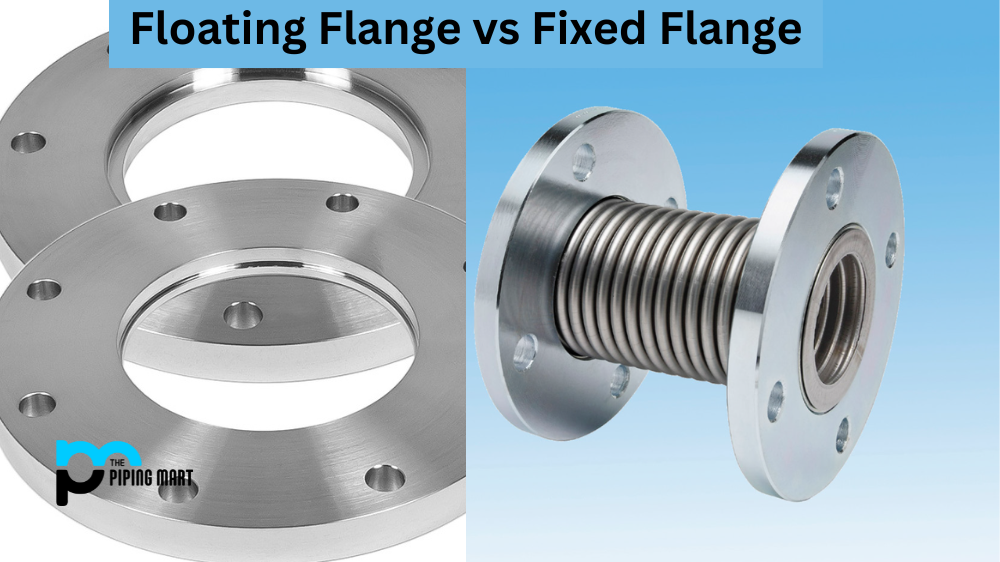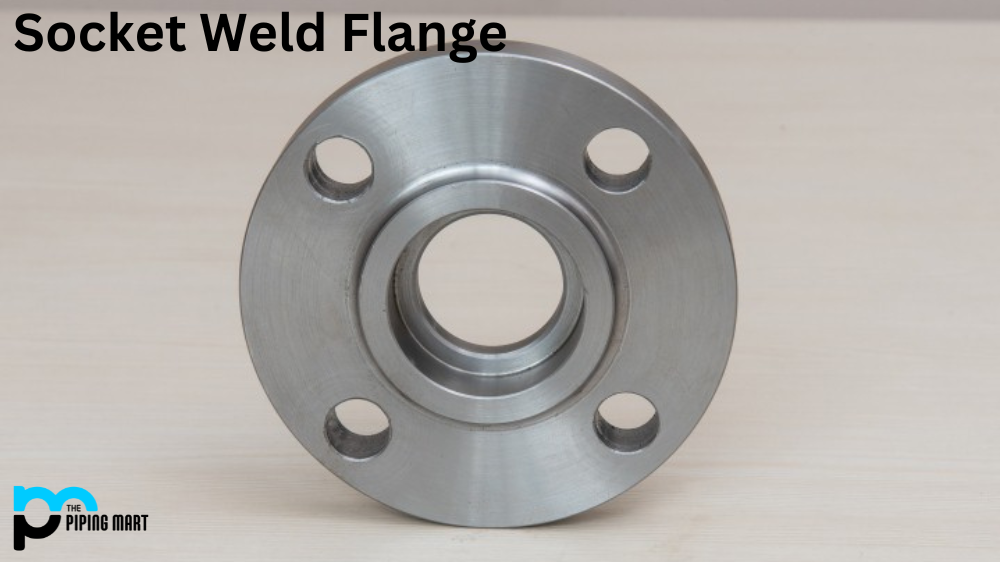Flanges are crucial in connecting different pipeline parts, ensuring the smooth integration of pipes, valves, and pumps. Floating and fixed flanges offer distinct choices with their advantages and drawbacks. The selection depends on the specific needs of a project. This article outlines the differences between these flange types, providing guidance to help choose the most appropriate variant for project requirements.
Floating Flange
Floating flanges are used in pipelines with an alignment issue or a misalignment between the pipes. The floating flange allows for some flexibility to compensate for an alignment issue. The flanges are not welded or bolted directly to the pipes but are connected to the flange by a flexible gasket. This makes it easy to align pipes and avoid damage to the pipelines. Floating flanges also offer some insulation from the noises created by mechanical vibrations in the pipelines. However, they are unsuitable for piping systems with high temperatures or pressures.
Fixed Flange
Fixed flanges are rigid connections bolted or welded directly to the pipes. They do not offer any flexibility, but they are more reliable and suitable for high-pressure and high-temperature piping systems. Fixed flanges are preferred when the alignment of the pipes is perfect, and there is no need for any misalignment compensation. They also provide a more secure connection than floating flanges.
Difference Between Floating Flange and Fixed Flange
Ease of Installation
Floating flanges are easier to install than fixed flanges. Since a flexible gasket connects the flanges, it is easier to align pipes and make corrections if there is a misalignment. This makes it easier to install and maintain in the pipeline system. Fixed flanges require more precision because they must be bolted or welded directly to the pipe. This makes installation and maintenance more challenging.
Cost
Installation of floating flanges proves simpler compared to fixed flanges. A flexible gasket connecting the flanges facilitates easy alignment of pipes and allows corrections for any misalignment issues. This ease of alignment contributes to a more straightforward installation and maintenance process within the pipeline system. Conversely, fixed flanges demand greater precision, requiring direct bolting or welding to the pipe, making their installation and maintenance more intricate and challenging.
Other Differences
- A floating flange is a type of pipe flange that is not attached to the pipe.
- A fixed flange is a type of pipe flange that is attached to the pipe.
- Floating flanges are used when it is not possible or desirable to attach the flange to the pipe.
- Fixed flanges are used when it is possible or desirable to attach the flange to the pipe.
- Floating flanges are typically used in applications where the temperature or pressure may fluctuate.
- Fixed flanges are typically used in applications where the temperature or pressure will remain constant.
- Floating flanges are usually made of carbon steel or stainless steel.
- Fixed flanges are usually carbon steel, stainless steel, or cast iron.
Conclusion:
The selection of the appropriate flange type significantly impacts the performance of your pipeline system. Floating flanges excel in systems with misalignment or requiring flexibility, while fixed flanges are optimal for high-pressure and high-temperature pipelines without misalignment concerns. Each flange type presents pros and cons, emphasizing the importance of choosing based on your specific project needs. This blog post furnishes the information necessary to make a well-informed decision for your pipeline system.

Abhishek is a seasoned blogger and industry expert, sharing his insights and knowledge on various topics. With his research, Abhishek offers valuable insights and tips for professionals and enthusiasts. Follow him for expert advice on the latest trends and developments in the metal industry.




